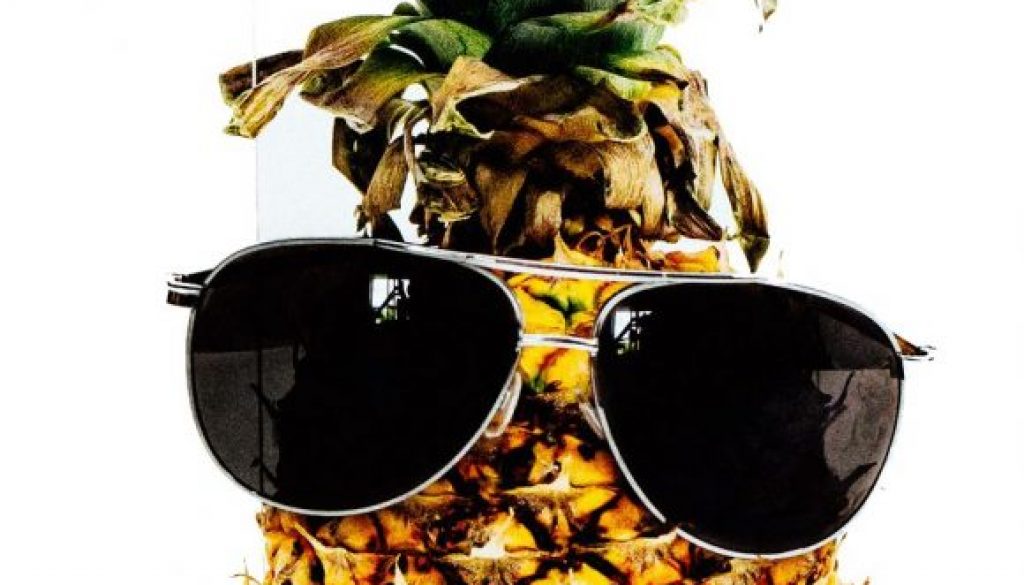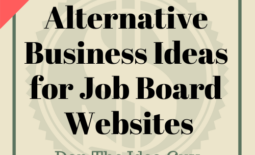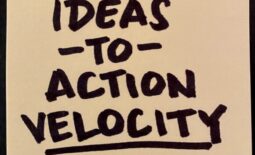Be a Pineapple
When a prospective client sends out a Request For Proposal (RFP) they are collecting bids from you and your competitors so they can compare them against each other.
The assumed rules for an RFP is that all the companies submitting a proposal are using the same project specs, but just because everybody else is playing by the rules doesn’t mean that you have to do the same.
 My original goal when I was asked to submit a proposal on “cattle call quotes” where the buyer was going to be making Apples-to-Apples comparisons was to give them an Orange.
My original goal when I was asked to submit a proposal on “cattle call quotes” where the buyer was going to be making Apples-to-Apples comparisons was to give them an Orange.
An Orange took their projects into account, but allowed me to juice it up in my favor by utilizing an in-house advantage to which another competitor might not have access.
In my days as a Print and Promotion salesperson, that advantage might be a special piece of equipment that our company owned that another did not. We were one of the first print shops in town to produce full-color digital printing in-house, so if I could run something on our digital machine (my Orange) that another company had to run on a traditional press (their Apple) I could squeeze out an advantage in my favor.
I got really good at my Apples-to-Oranges strategy and it worked pretty well, but then I realized that my real advantage came from proposing a Pineapple.
Submitting a Pineapple in the Apples-based RFP process came from having conversations with the prospect. Anytime I received an RFP I would reach out to the prospect with follow-up questions to clarify a point or two in their project specs.
I would start by confirming a few mundane details, and then start asking a question or two that probed deeper about why they were getting the project produced, who would be using the final product, how it would be used or distributed to the users, and what changes and results were expected from the finished project for it to consider it a success within the prospect’s company.
On one particular project for a prospect who sent out an RFP for a 3-ring training binder I learned that a big win within their company would be to have a binder with training materials so helpful that the users would keep it on their desks for constant reference instead of putting it up on a shelf or in a storage cabinet with all the other training binders they received. The next question I asked the prospect let me know I had a Pineapple opportunity…
“Does it have to be a 3-ring binder?”
While all the other companies submitting their proposals were trying to offer the cheapest price on producing training binders, but proposal outlined the concept and cost to produce a set of training cheat-sheets that were designed to sit on a users workstation similar to a promotional table tent.
Instead of a training binder with pages that turned side-to-side, my table tent design had multiple sheets with a set of rings at the top so the pages flipped vertically and users could rotate through the training guide the way they’d flip through a dessert menu at a restaurant.
The customer loved the idea and bought the project almost exactly as I proposed — without sending my specs to any of the other vendors to find a cheaper price.
I gave my client a Pineapple and she understood that something as exotic as my idea had more value than any other run of the mill Apple or mundane Orange.
How do you like them apples?



